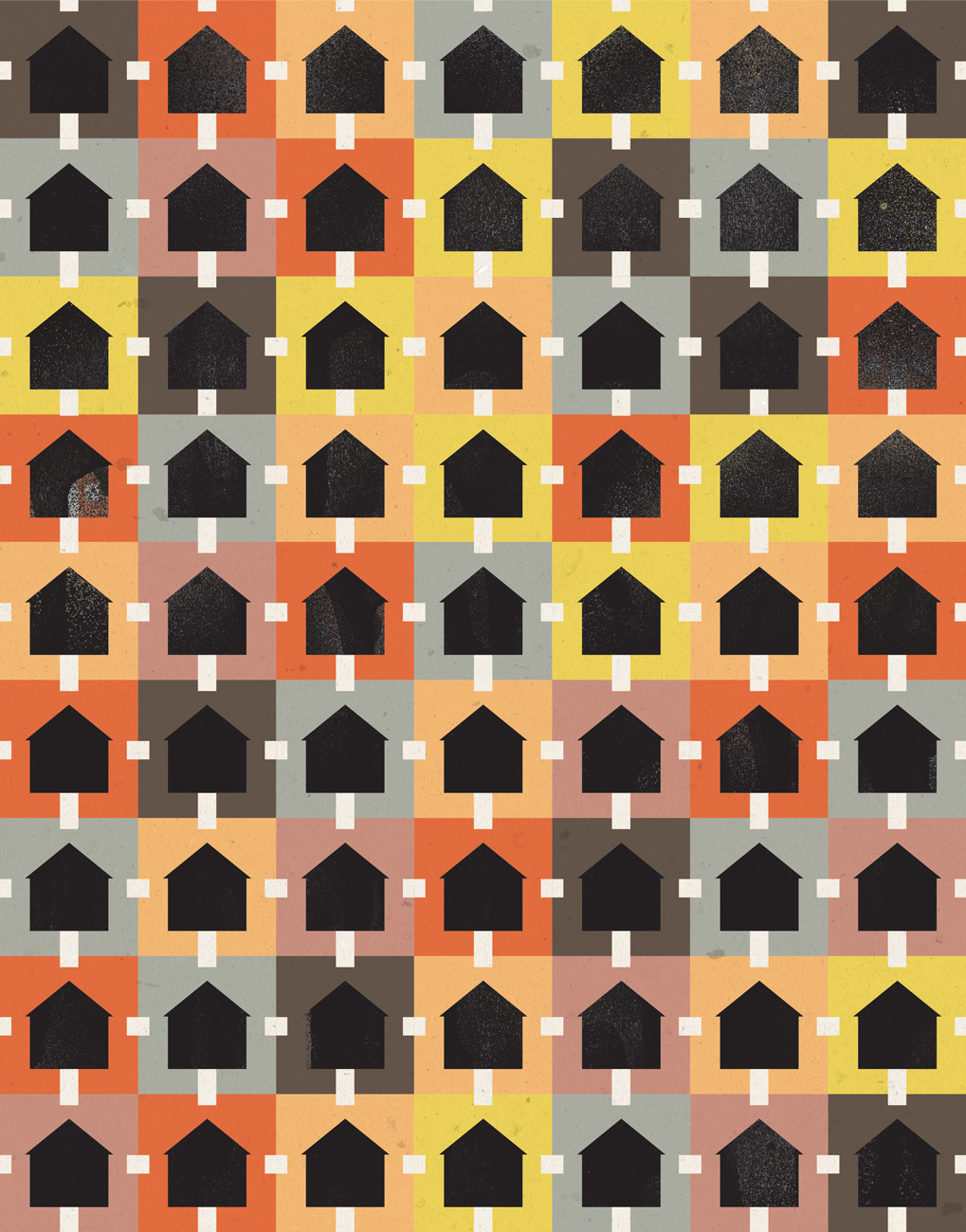The job of the Block Connector is to visit every resident on an assigned block to initiate a conversation, using the questionnaire as a guide. That conversation focuses on your vision for your neighbourhood, what activities and interests you have, and what gifts, abilities and experiences you possess. Once all the questionnaires are complete, the Connector Coordinator compiles the data and connects residents who have common interests.
“Sharing gifts and talents is important,” says Lawrence. “People love to share their gifts. We don’t ask ‘what do you need?’ We ask, ‘what can you offer?’ and, in that way, it gives residents the power to shape their neighbourhood.”
In Highlands, several groups have formed as a result, including a lawn bowling group and a new mom’s group, along with soccer and hockey teams.
For Hamilton, it was hockey that helped him bond with the community. He was introduced to the quintessentially Canadian game as a lad growing up in the U.K. “Being Brits, we weren’t very good, but we liked playing,” he says. “It’s great playing here. The guys, we meet every Thursday for a fun game of shinny.”
When he needed a notary public, he was put in touch with a neighbourhood lawyer who offered his services at no charge. In return, Hamilton, a carpenter by trade, is more than happy to give back to the community by offering his skills.
The model works well in Edmonton because the city already has a basic framework in place in the form of community leagues. The City provides administrative and organizational support and is eager to see the initiative grow.
“We are in phase two of the project and are assessing eight other communities, including Oliver. A whole lot more have expressed interest,” says Lawrence.
He is optimistic about the role the Abundant Community Initiative can play in shaping and strengthening our neighbourhoods. “It’s a workable structure that, in the end, celebrates strength and diversity. People are more invested in and more emotionally attached to their neighbourhood, which, in turn, makes it safer, stronger and a more inclusive community.”
